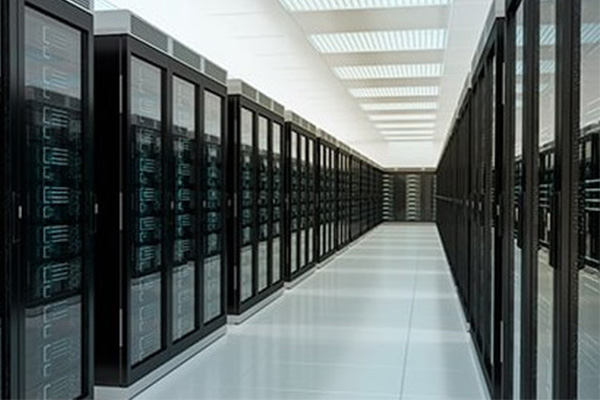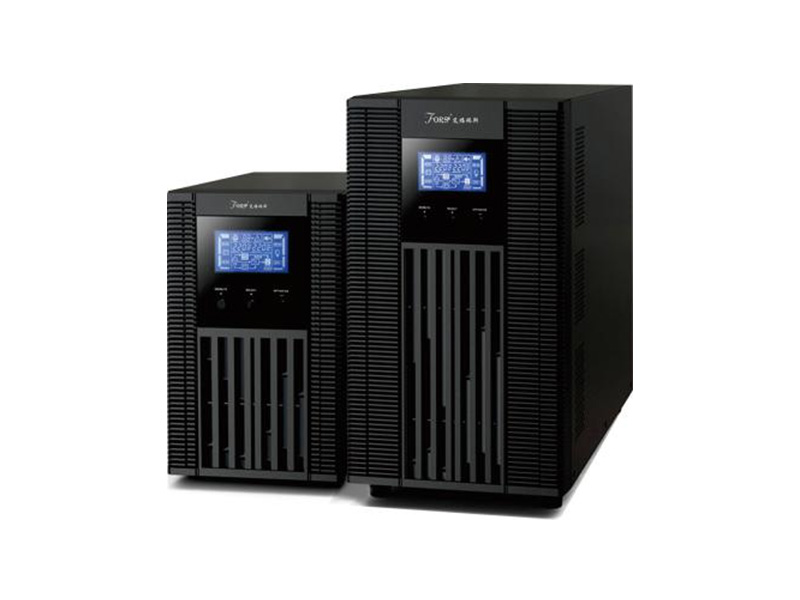language
A UPS (Uninterruptible Power Supply) is a crucial device for providing backup power and protecting electronic equipment from electrical disturbances. Whether used in homes, offices, data centers, or industrial environments, a UPS unit ensures that critical systems stay powered and protected during outages, surges, and fluctuations.
But what exactly makes a UPS work? In this article, we’ll break down the main components of a UPS unit, explain their functions, and help you understand how each part contributes to overall power reliability.

1. Rectifier
Function: Converts AC to DC power
The rectifier is the first major component in a UPS system. It converts incoming AC (alternating current) from the main utility source into DC (direct current). This DC power is then used to charge the UPS’s internal battery and supply power to the inverter. In online (double-conversion) UPS systems, the rectifier continuously operates even when utility power is present.
2. Battery
Function: Stores backup power
The battery is one of the most critical components of any UPS. It stores energy that is used to power devices during an outage or voltage drop. The size and type of the battery determine how long a UPS can provide backup power (known as runtime).
Common UPS batteries include:
Sealed Lead Acid (SLA) – widely used, cost-effective, and maintenance-free
Lithium-ion – more expensive but lighter, longer-lasting, and faster to charge
3. Inverter
Function: Converts DC back to AC power
When the main power fails, the inverter takes DC power from the battery and converts it back into AC power for connected devices. In online UPS systems, the inverter runs continuously to supply power, ensuring a seamless transition and superior voltage regulation.
4. Static Switch / Transfer Switch
Function: Automatically switches power source
The static switch (also known as a transfer switch) allows the UPS to seamlessly switch between utility power, battery power, or a bypass source. In line-interactive and offline systems, this switch activates only during power disturbances, typically within 2–10 milliseconds. In online systems, power is already flowing through the inverter, making the transition instantaneous and uninterrupted.

5. Bypass Circuit
Function: Maintains power flow during maintenance or failure
The bypass circuit enables power to be routed directly to the load (equipment) without passing through the UPS electronics. This function is critical during system maintenance or internal faults, ensuring that power continues to flow even if the UPS itself is taken offline. Larger systems often include both manual and automatic bypass features.
6. Surge Protection and Filtering
Function: Shields equipment from electrical noise and voltage spikes
UPS units commonly include surge protection and EMI/RFI filters to block high-voltage spikes, lightning surges, and electrical noise that could damage sensitive equipment. These features help condition incoming power and provide clean, stable output.
7. Control Panel or Display Interface
Function: Monitors system status
The display panel, usually LED or LCD, allows users to view the current status of the UPS system. Information typically shown includes:
Input/output voltage
Battery level
Load percentage
Alarms and fault indicators
Advanced UPS units may also include touchscreen displays, audible alarms, and even remote monitoring capabilities via software or network interfaces.
8. Communication Interface
Function: Enables remote management
Modern UPS units offer ports or network cards (USB, RS-232, SNMP, Ethernet) to connect with monitoring software or building management systems. These interfaces allow real-time alerts, automatic shutdowns, data logging, and performance monitoring—essential for IT environments and data centers.
Understanding the core components of a UPS unit helps users make informed decisions when selecting, installing, or maintaining a system. Each component—from the rectifier and battery to the inverter and control panel—plays a vital role in delivering seamless, stable power to your devices.